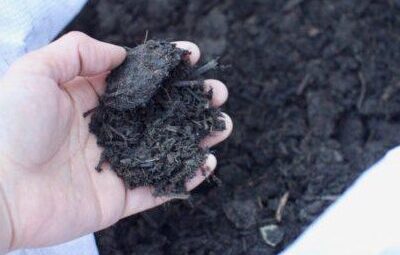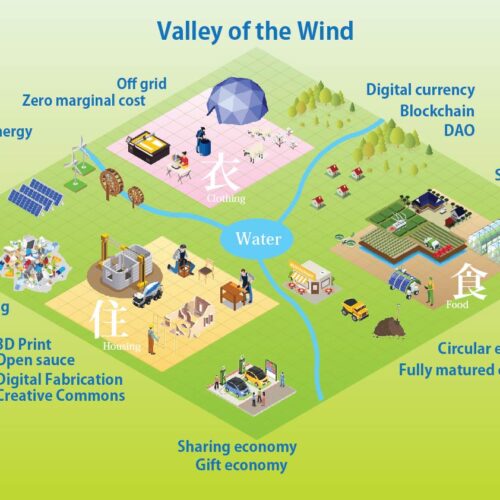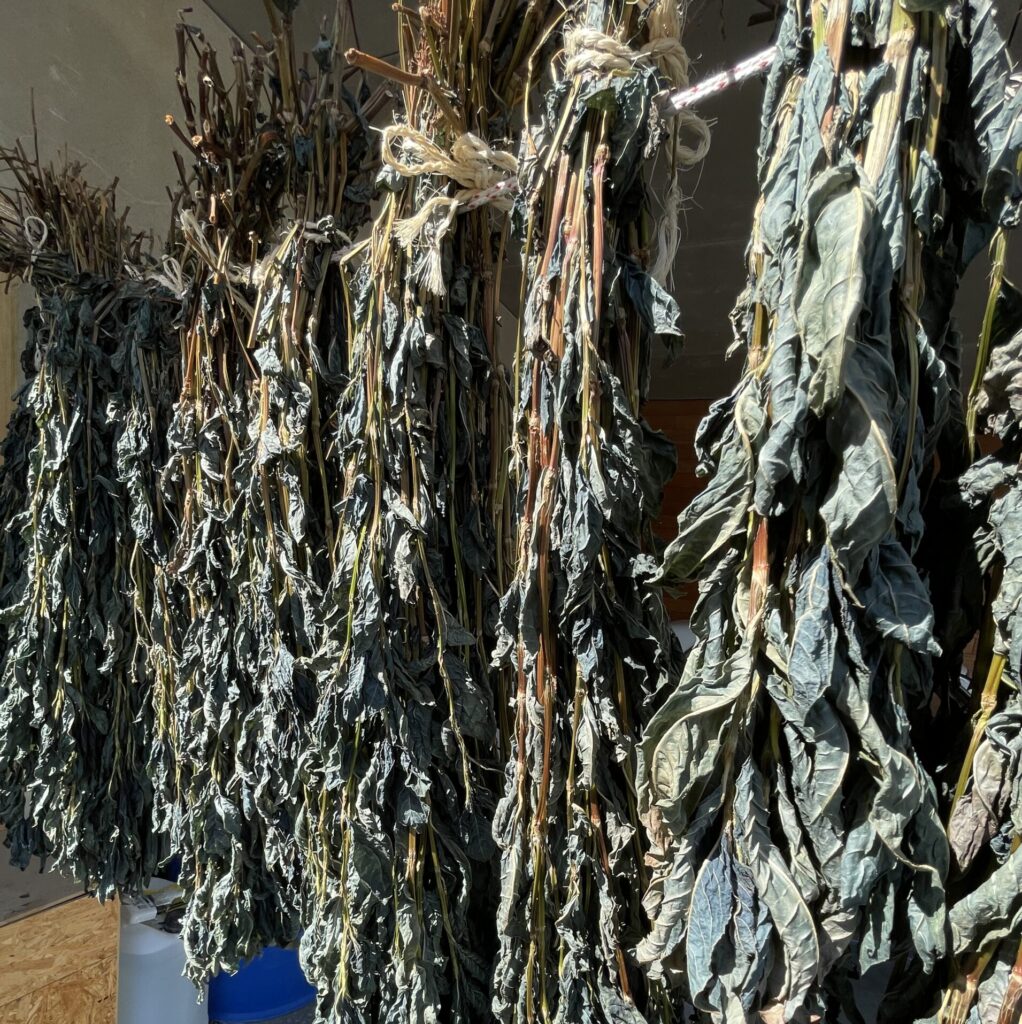
After harvesting the indigo leaves, they need to be thoroughly dried under the sun, especially during the summer season. This drying process typically takes 2-3 days. It’s crucial to ensure that the leaves do not get wet, so attention must be paid to the weather conditions, particularly avoiding rain during the drying process.
After drying the leaves, they should be correctly dried and then piled up in an enclosed space. You will need a minimum of 10-20 kg of dry leaves to facilitate the fermentation process.
Mix the dry leaves with a moderate amount of water and cover them. The fermentation process will begin. It takes approximately 3 months to complete the fermentation process.
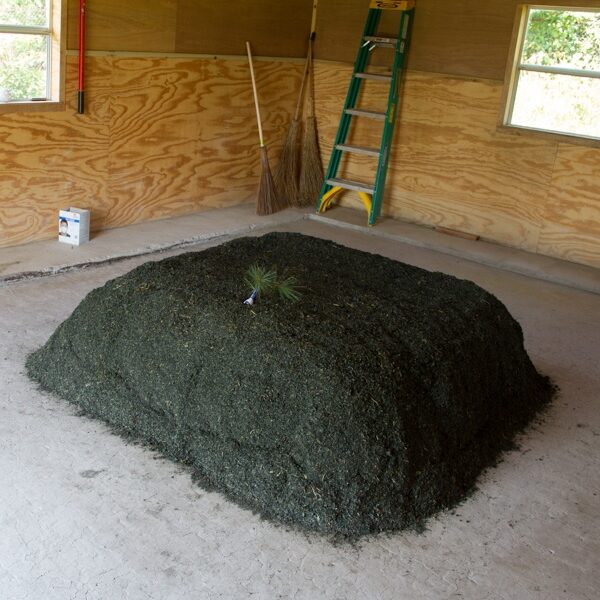
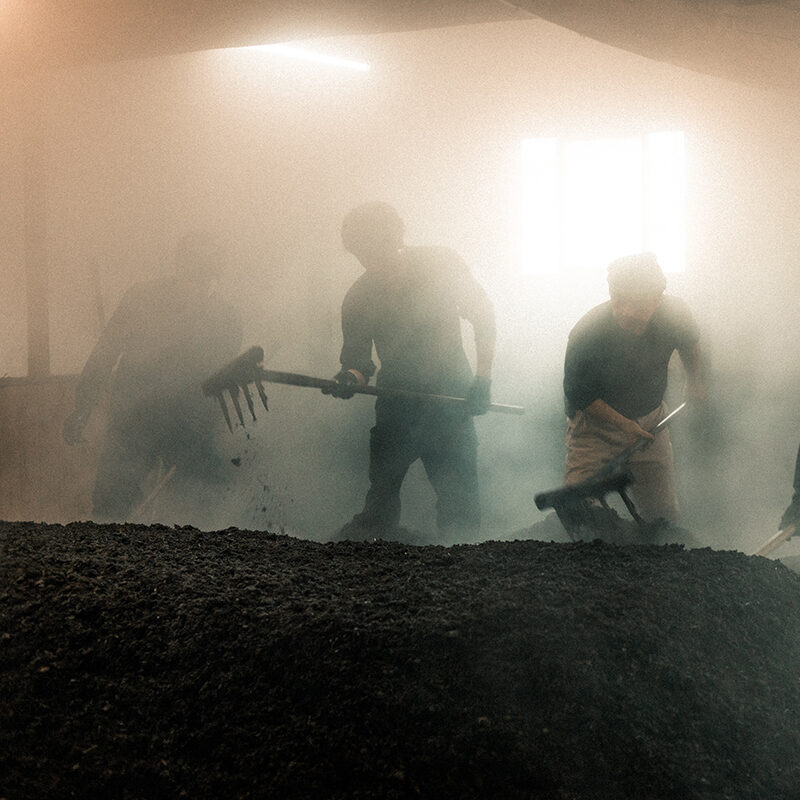
During fermentation, the indigo leaves generate approximately 70 degrees of heat. It’s important to continue mixing them every 5-6 days and add water if necessary. After 3 months of fermentation, the indigo leaves transform into ‘SUKUMO,’ a type of indigo compost.
This fermentation method, known as ‘CUCCAGNA,’ was also applied in Europe during the Middle Ages.
This compost method offers significant advantages. It eliminates the need for chemical reductive components such as iron sulfate or hydrosulfite. Instead, the reduction process is carried out by microorganisms, specifically certain types of bacteria. Additionally, the resulting indigo vat can have a longer lifespan, lasting more than one year.
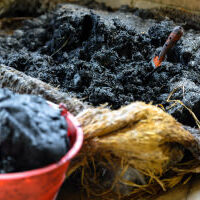
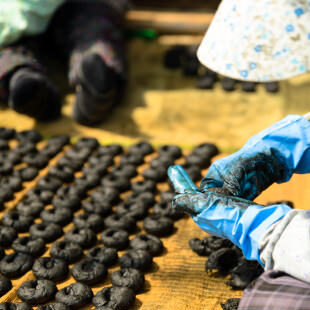
The compost can be shaped into a convenient ball form, often referred to as ‘Ai-dama’ in Japanese or ‘Woad ball’ in Europe.
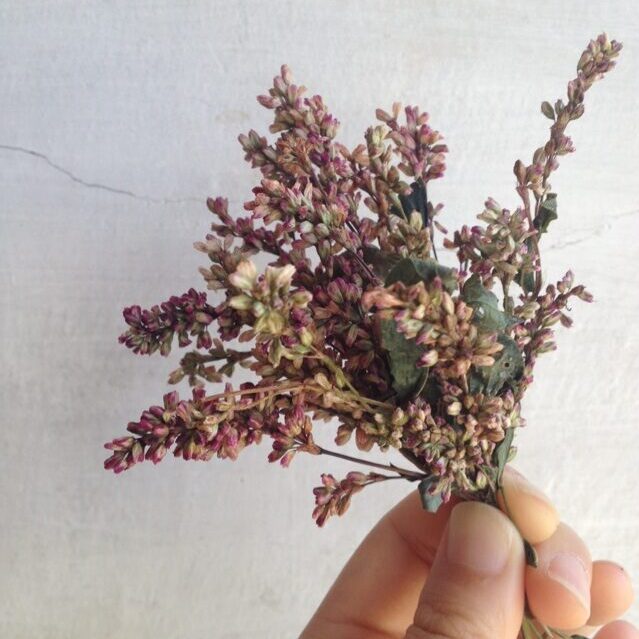
Seed of Persicaria tinctoria (Japanese indigo “AI”)
